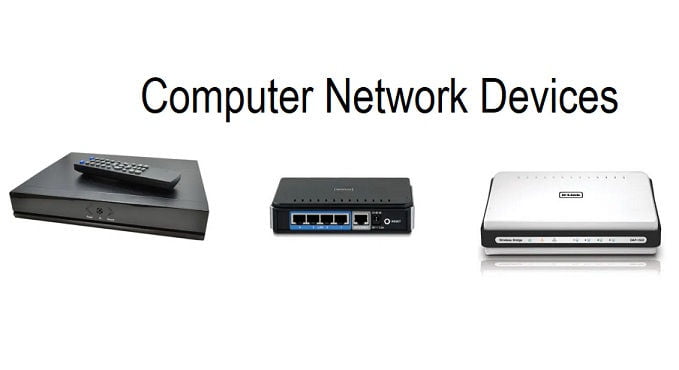Please get to know the various types of computer network devices and their respective meanings and pictures. Two or more computers can be connected to different data sources due to a network device that bridges the two computers.
Connected to a network (either local network, wifi, or internet) or sharing hardware (for example: sharing a printer so that it can be used in one room), all of which require a computer network device.
Computer network hardware is a device used to achieve the goals of the computer network function itself, such as sharing resources, communicating, and so on.
Computer Networking Devices and Their Functions
Many computer network devices play an important role in the creation of a network. Do you know what computer network devices are? Check out the various computer network devices below:
Types of network devices/ Network hardware devices
1. Server
A server is a special device for a computer that provides various services or services to clients connected to it. Generally, servers are equipped with fairly high hardware specifications, especially in terms of processors (usually using Intel Xeon) and RAM (16GB more on average).
Because you have to do quite heavy multitasking activities, it’s no wonder that building a server computer requires a fairly high cost. Not only that, but the operating system used is also specific, namely Windows Server or Linux Debian.
2. Router

At a glance, the workings of a router can be said to be similar to a bridge, which both forwards data packets, divides the network into several segments, or unifies the network segments, it’s just that the router is in the third OSI layer.
3. NAS (Network Attached Storage)
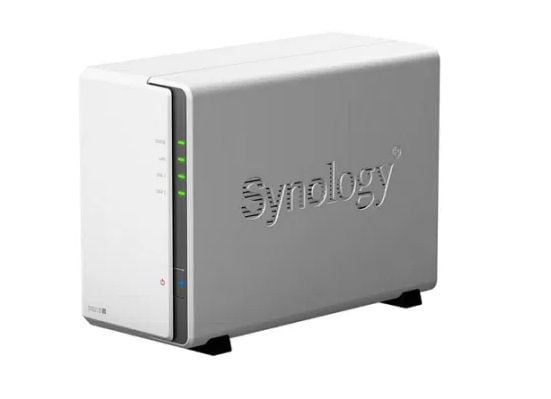
Network Attached Storage or NAS for short is a storage device that is connected to the main network so that when a client computer needs additional storage, this NAS role will be needed.
The way NAS works is almost similar to cloud storage services but is private (local) so that only client computers (connected to the office/company network) can access it. The price of this NAS is quite expensive, ranging from 2 million to more than 60 million, depending on the brand and specifications.
4. Wireless Card
A wireless card is a network device that can connect two devices wirelessly or without using cable media. By using a wireless card, two or more computers can connect via a wifi network, without having to use a network cable.
Most of today’s laptops are equipped with a wireless card inside, so we don’t need to buy them separately, in contrast to computers where we first have to buy them separately. Even so, if the wireless card that comes with your laptop has a problem, you can use a USB Wireless Adapter to solve it.
5. LAN Card
As with other network devices, the LAN card also functions to connect two or more computers using cable media. This device is usually widely used in LAN networks.
LAN cards are also tasked with converting parallel data streams into serial forms so that they can be transmitted over network media such as UTP cables. Generally, LAN cards are installed onboard on the motherboard of a computer or laptop, but some must first be installed in the slot (ISA or PCI Express slot) provided by the motherboard.
6. USB WiFi Adapter
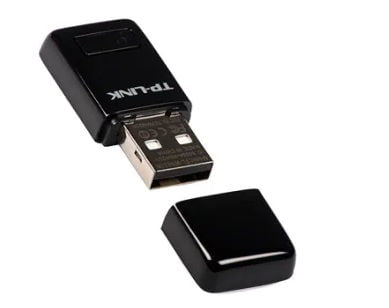
USB-type WiFi Adapter has been widely circulating in the market. USB WiFi Adapter can be a solution for those of you who are upset because the Wi-Fi card that comes with your laptop or computer has a problem so you can’t connect to a Wi-Fi network (hotspot).
The function of the USB WiFi Adapter is the same as the Wi-Fi card in general, the difference is that this device has high mobility, just plug it into the USB port so it can be used immediately (by first installing the driver). The price range for the USB WiFi Adapter is Rp. 300,000 to Rp. 600,000 depending on the brand and specifications.
7. Modem
A modulator-demodulator or what is often abbreviated as the modem is a network device that has the function of converting digital signals into analog signals or vice versa.
8. Bridge

The bridge is a network device that has the function of extending a network as well as creating a network segment. The bridge will map the Ethernet address of each point on each network segment. Then Bridge will select and only allow certain data transfers.
The way the bridge works is to recognize the MAC address that transmits data to the network, and then the bridge will create an internal table automatically, where this table can determine which segments will be routed or which will be filtered.
9. Hub
A hub is a network device whose job is to change the network transmission signal, where it is intended that two or more computers can connect.
Hubs cannot control the flow of data so each data packet that passes through the hub will be broadcast to all ports until the data packet in question reaches its destination. This makes the data packets sent experience collisions or data collisions. For now, the use of the Hub is very rare because most people prefer Switch because of its more complex features than the Hub.
10. Switch
A switch is a network device that has almost the same function as a hub, but this device is ‘smarter than a hub because it can solve data collision problems. Not only that, but switches also have several advantages such as data transfer speeds and network area which are much better than hubs.
Also, switches are not only used to share signals but also filter data packets and then forward them to the target network. Switches are most often used in computer lab rooms or office rooms where each client’s computer is connected to it first (via a LAN cable) before connecting to the router.
11. Network cable
A network cable is a cable-shaped transmission medium used to connect two or more computers to exchange data with one another. Although there are now many wireless transmission media (wireless), the use of network cables (wired) is still popular and there are still many enthusiasts.
Several types of cables are commonly used, such as UTP, STP, Coaxial, and optical fiber cables. Usually, the type of cable used depends on the type of network and the device being used. For example, to connect a computer with a switch, hub, or router, the type of cable that is most often used is the UTP cable.
12. Repeater
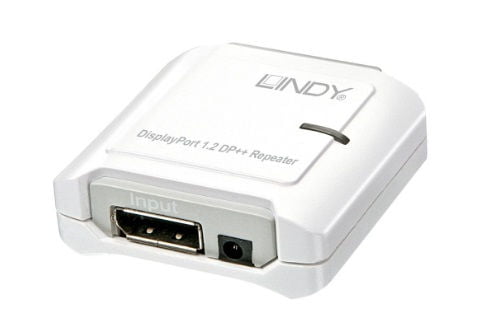 A repeater is a network device that has the function of extending the wifi signal range from the server so that other devices can connect. The way the repeater itself works is to receive a signal from the server, and then transmit it back with a wider and stronger range, in other words, a weak signal can be transmitted back to be stronger and wider.
A repeater is a network device that has the function of extending the wifi signal range from the server so that other devices can connect. The way the repeater itself works is to receive a signal from the server, and then transmit it back with a wider and stronger range, in other words, a weak signal can be transmitted back to be stronger and wider.
This repeater device is very suitable for use in rooms that require an even distribution of wifi networks such as offices, apartments, hotels, boarding houses, and so on.
13. Access Point
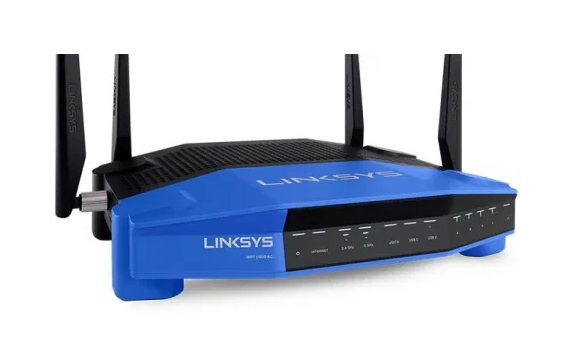
This access point consists of an antenna and a transceiver that is used for transmitting and receiving signals from the client or vice versa. With this AP, we can connect to a LAN network wirelessly.
In other words, this access point functions to connect two different types of networks, namely wireless networks and LAN networks. Not only that but with this access point, we can also create a hotspot that allows other users to connect and exchange data through the hotspot network that we have created.
14. CCTV
CCTV (Closed Circuit Television) is a digital video camera device used to record and transmit video signals from a room (the place where CCTV is installed) to the monitor screen.
CCTV recordings will generally be stored on a hard drive or NVR which can then be accessed via a computer or even via a smartphone. CCTV is a network device that is quite important, especially for monitoring and supervising a room so that unwanted things such as theft and others do not occur.
15. Network Video Recorder
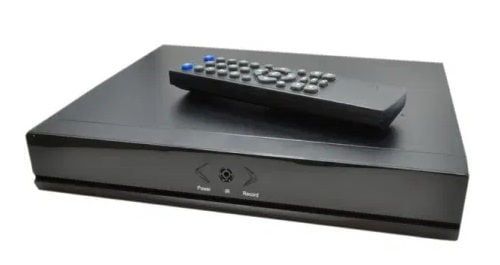
Network Video Recorder or NVR is a network device used to store recordings made by CCTV cameras. Generally, the distribution of video data or images from CCTV to NVR is carried out over a LAN network.
Each NVR device has a web interface feature that allows network administrators to make settings such as adding new users, knowing the remaining hard disk space, connecting/disconnecting one or more connected CCTVs, and so on.
16. Projector

A projector is an optical device that projects images or videos onto a screen or surface by shining a bright light through a small transparent lens. Projectors are widely used in classrooms, conference rooms, home theaters, and public venues for displaying presentations, movies, or other visual content to a large audience. They come in various types, including LCD, DLP, and LCoS, each employing different technologies to generate the projected image. Modern projectors offer high resolutions, vibrant colors, and advanced features like wireless connectivity and built-in speakers. They are essential tools for effective communication, entertainment, and immersive visual experiences, enabling large groups of people to share and engage with digital content in a seamless and impactful way.
A projector uses a light source, typically a high-intensity lamp or laser, to project an image onto a projector screen or surface. The main components involved in the projection process are:
- Light Source: This can be a metal halide lamp, LED, or laser that generates the initial bright light.
- Color Modulation: The light is then split into its primary colors (red, green, and blue) using filters, prisms, or color wheels, depending on the projector technology (LCD, DLP, or LCoS).
- Image Modulation: The colored light is then modulated to form the desired image. In LCD projectors, the light passes through liquid crystal displays (LCDs) that act as shutters, allowing or blocking the light to create the image pixels. In DLP projectors, microscopic mirrors on a chip direct the light to create the image.
- Projection Lens: The modulated light is then passed through a projection lens, which focuses and enlarges the image onto the screen or surface.
- Projection Surface: The projected image is then displayed on a screen or any flat, light-colored surface, where the light from the projector is reflected to the audience’s eyes.
The projector also includes various optical elements like mirrors, prisms, and lenses to control the light path and ensure optimal image quality. Additionally, modern projectors have built-in processors and electronics to process and scale the input video signal for projection.
By precisely controlling the intensity and color of millions of tiny pixels, projectors can reproduce high-resolution images and videos, making them ideal for displaying large-scale visuals in various settings.
Mustafa Al Mahmud is the founder and owner of Gizmo Concept, a leading technology news and review site. With over 10 years of experience in the tech industry, Mustafa started Gizmo Concept in 2017 to provide honest, in-depth analysis and insights on the latest gadgets, apps, and tech trends. A self-proclaimed “tech geek,” Mustafa first developed a passion for technology as a computer science student at the Hi-Tech Institute of Engineering & Technology. After graduation, he worked at several top tech firms leading product development teams and honing his skills as both an engineer and innovator. However, he always dreamed of having his own platform to share his perspectives on the tech world. With the launch of Gizmo Concept, Mustafa has built an engaged community of tech enthusiasts who look to the site for trusted, informed takes on everything from smartphones to smart homes. Under his leadership, Gizmo Concept has become a top destination for tech reviews, news, and expert commentary. Outside of running Gizmo Concept, Mustafa is an avid traveler who enjoys experiencing new cultures and tech scenes worldwide. He also serves as a tech advisor and angel investor for several startups. Mustafa holds a B.S. in Computer Science from HIET.
